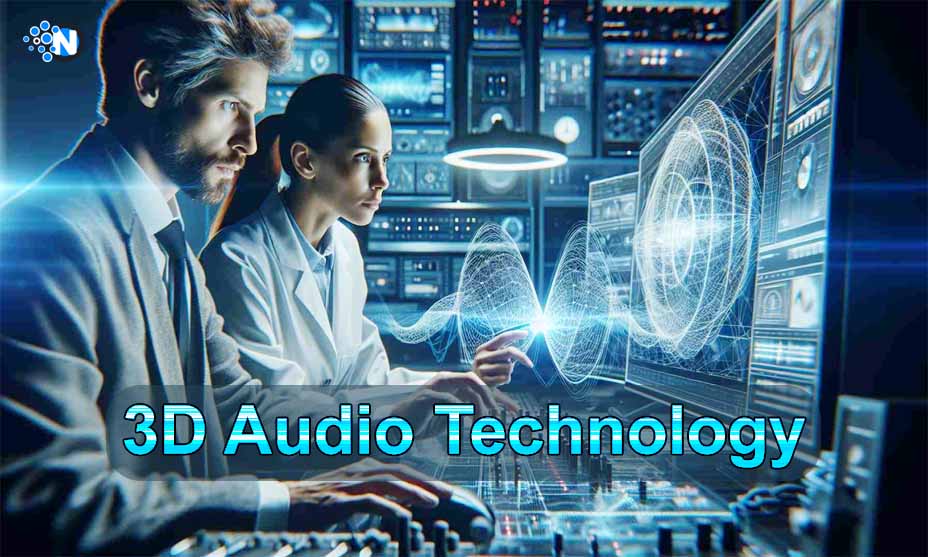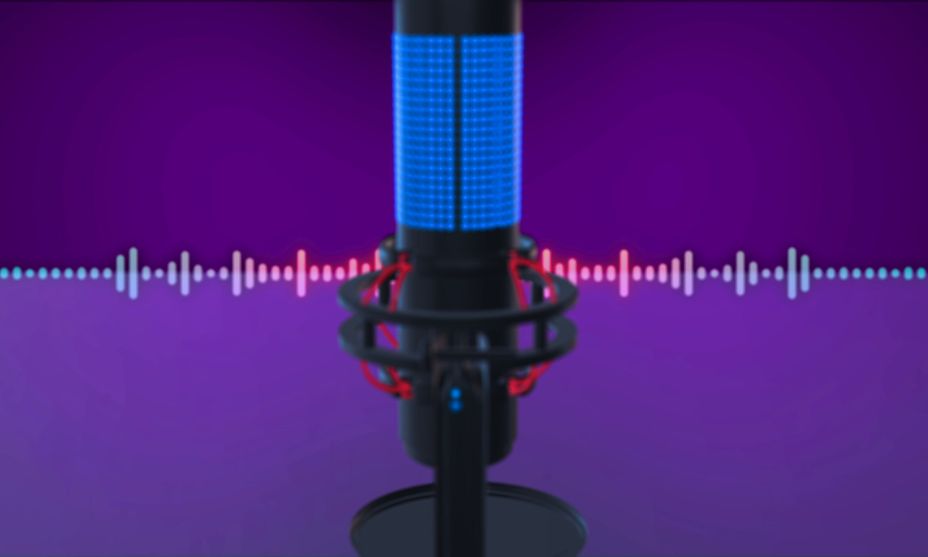The Ultimate Guide to 3D Audio Technology

3D Audio Technology is gaining importance in this modern world as it has significantly revolutionized the way we experience sound. By directly impacting popular industries like gaming, films, music, and virtual reality, it has opened the doors to new success. Furthermore, numerous devices are available on the web, promising to deliver such an experience. However, knowing about this masterpiece technology and its principles and application is essential to have the best idea for future developments. We have created this ultimate guide to deliver all the required data to understand this technology properly.
Features of 3D Audio Technology
There is a hell of a difference between general audio and 3D audio as it allows humans to perceive the sound from three dimensions. In the under-section, we have enlisted some of the critical features of 3D audio technology, making it a highly dominating technology over the general hearing experience.
1 – Three Dimensional Audio
One of the most significant features of this technology is that it delivers audio experience from three dimensions as compared to the stereo technology which provides a left-right spatial dimension. Hence, it creates a more immersive listening environment.
2 – In-Depth Voice
The 3D audio offers more depth and pitch in the sound to make sure that users have a realistic auditory experience. Further, it manipulates the brain cells to perceive the audio more effectively and engagingly.
3 – Binaural Audio
Binaural audio is the core attribute of 3D audio technology. This technique utilizes the power of two microphones to capture sound as it enters each ear. As a result, it creates an unparalleled sense of spatiality.
Technologies Behind 3D Audio
The traditional gadgets are not capable of generating 3D audio as it require a blend of the latest technologies and equipment. The following paragraphs will help you learn about the technologies behind this immersive audio experience.

1 – Head-Related Transfer Functions (HRTFs)
HRTFs are the primary models that follow the principles of mathematics and stimulate the way our ears receive sounds from different directions. The 3D audio technology works on it to deliver a lifelike auditory environment.
2 – Ambisonics
Ambisonics is another technology used to deliver a 3D audio experience. It involves the use of multiple microphones to record sound from all directions. Hence, it delivers a more immersive experience for various playback systems for different platforms.
3 – Dolby Atmos and DTS:X
Dolby Atmos and DTS:X are object-based audio technologies and are commonly used in cinemas and theatres. They are also the components of 3D audio technology and own their specific position in 3D space to provide a dynamic experience.
Applications of 3D Audio
After extensive research, we have enlisted some of the top applications of 3D audio technology as it has revolutionized almost all top industries.
1 – Gaming
The 3D audio enhances the gaming experience by creating a more immersive environment to perceive the sound. Generally, this technology performs at its best when you play racing or bout games as they contain extensive dynamics.
2 – Virtual Reality (VR)
The 3D audio technology has also found its space in VR applications by aligning the virtual sounds with visual cues. Hence, it guarantees a sense of realism and engagement, making users totally immersed in the virtual environment.
3 – Music Production
Musicians and producers use the power of 3D audio to add richness and intrication to their compositions. Hence, manipulating the positioning of instruments and sounds can generate a brilliant sonic experience for listeners.
4 – Film and Television
Lastly, 3D audio technology has found its application in the film and television industry to improve the experience of people who are fond of watching their favourite shows on the big screen. In this way, they create a more impactful journey.
Challenges and Considerations
Although 3D audio technology is evolving and progressing at a much faster pace, it still faces certain challenges that must be addressed proactively to improve users’ experience. We have explained some critical points below.
1 – Hardware Requirements
One of the most critical challenges in the world of 3D audio technology is that it requires specialized hardware, like high-quality headphones or multi-speaker setups. Moreover, these gadgets are costly for a general audience.
2 – Standardization
The lack of standardized formats is another significant problem in delivering 3D audio content across different devices and platforms. Also, the compatibility challenges will not allow companies to perform this activity.
3 – Processing Power
3D audio technology requires highly advanced computational tools for proper processing. It can be a great concern for devices with limited resources. On the other hand, owning such powerful computers needs a huge investment.
Future Trends and Developments
While dealing with the challenges, the developers have opened the doors to several ergonomic developments in the near future. The under-mentioned points will elaborate on the top trends expected in the coming days.

1 – Personalized Audio
Advancements in machine learning and artificial intelligence are paving the way for more personalized 3D audio experiences. The developers are working on generating systems to deliver a comprehensive auditory environment.
2 – Augmented Reality (AR)
As AR technology evolves continuously, 3D audio plays a crucial role in creating a realistic and more accurate soundscape. This is especially important in applications where users have to interact with virtual elements.
3 – Cross-Platform Integration
Currently, 3D audio experiences are available only on specialized gadgets and platforms. However, tech companies are continuously making efforts to find ways to establish cross-platform compatibility to integrate various devices and applications.
Final Verdicts
In this ever-evolving world of technology, 3D audio is making its way with its transformative power and high-quality auditory experience. By understanding the critical features, components, technologies, and applications of three-dimensional sound, companies can unlock new doors of immersive entertainment to grab public attention. Thus, users can find themselves in a completely enveloped environment to enjoy the music of their taste and interest. With the evolution of AI and ML, developers are continuously striving to make the future of 3D audio more immersive, personalized, and versatile.




